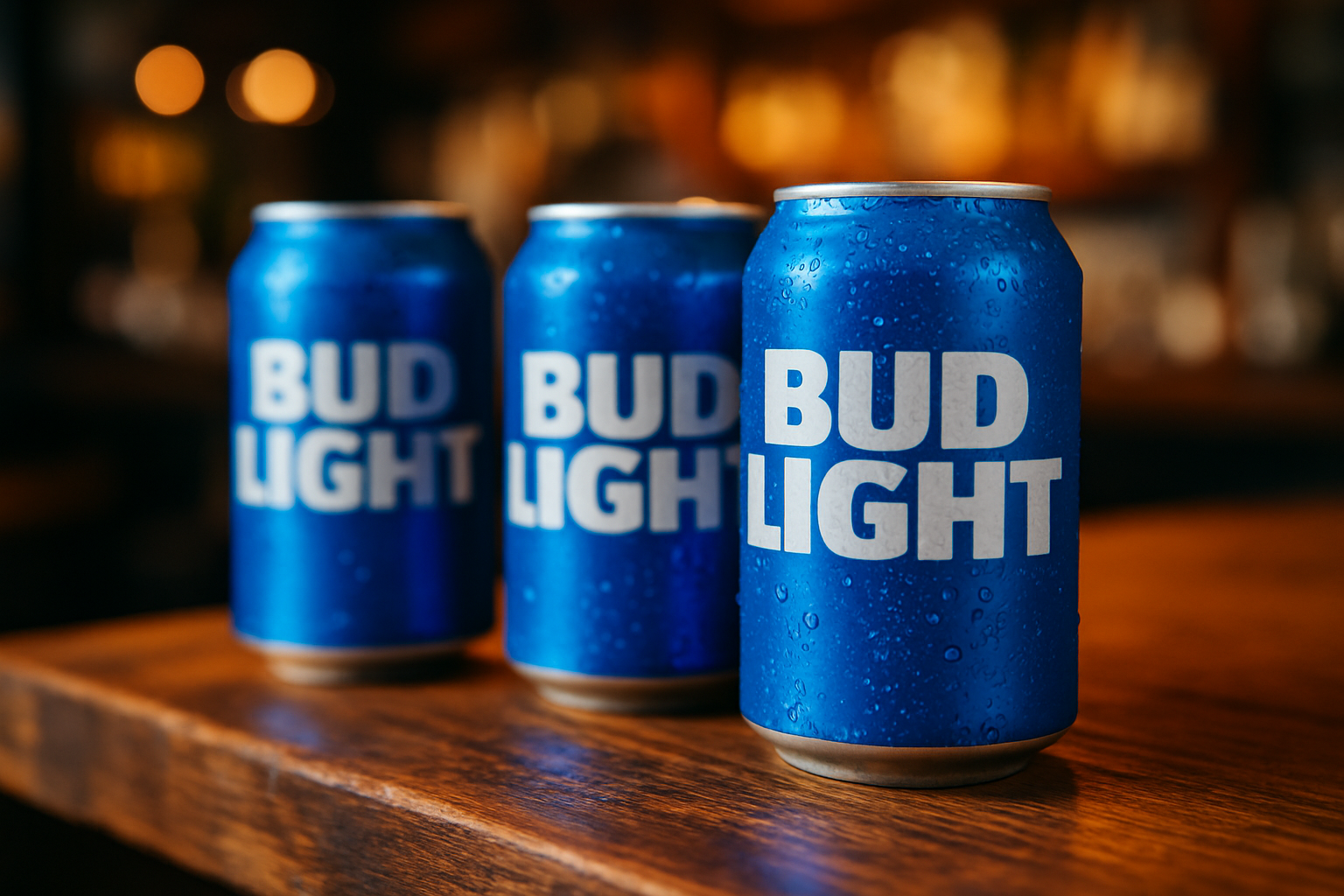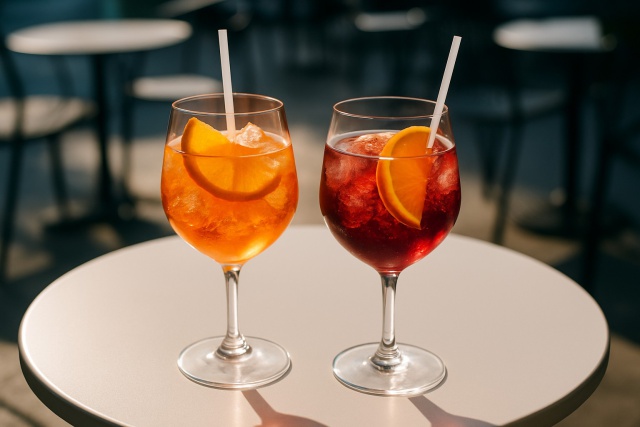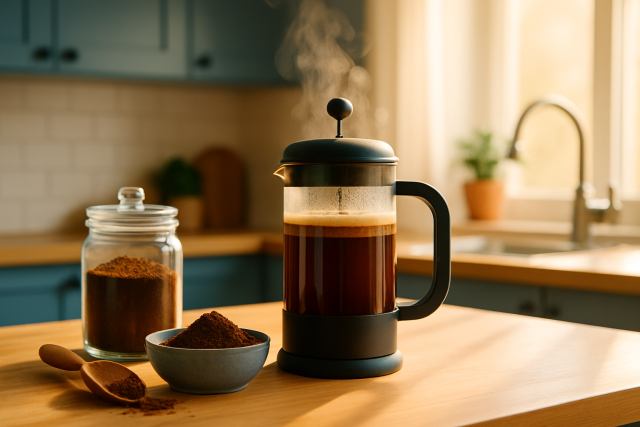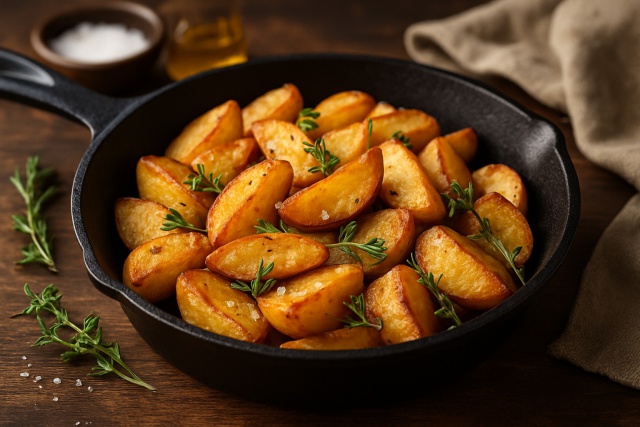What Percent Alc Is Bud Light Compared to Other Beers?

Figuring out the alcohol content in beer can sometimes feel like trying to crack a secret code, especially when you want to know what percent alc is Bud Light, among the endless parade of brands and styles. This article dives into what percentage of alcohol Bud Light packs and how it measures up against other popular brews. It also covers the main factors that influence alcohol levels in beer. Whether you’re just dipping your toes into the beer world or curious about what "percent alc" really means, we’ll break it down in plain, no-nonsense language.
What Exactly Does 'Percent Alc' Mean in Beer? Let us Break It Down
Percent alc usually means Alcohol by Volume (ABV) which is the usual way we figure out how much pure alcohol is packed into a drink.
Think of ABV as the strength of the alcohol in a drink, like how sugar content tells you how sweet a soft drink is. For example, a beer marked 5% ABV means there are 5 milliliters of pure alcohol in every 100 milliliters of beer. So the higher the ABV the stronger and more intoxicating the drink usually is. Unlike plain water or soda beers pack alcohol that changes their flavor and how they affect you. Spirits like vodka or whiskey tend to crank that number up significantly, often topping 40%, so each sip definitely hits harder.
Just How Much Alcohol Are You Getting: What Percent Alc Is Bud Light?
Bud Light clocks in at about 4.2% Alcohol by Volume. That means there are around 4.2 milliliters of pure alcohol in every 100 milliliters of the brew.
Bud Light first hit the scene back in 1982, carving out its spot as a lighter alternative to the usual beers. It was designed to offer a gentler flavor and fewer calories—perfect for those times when you want a drink that is easy on the palate and your waistline. That meant dialing down the alcohol compared to many of the full-strength lagers out there.

A chilled Bud Light can showcasing the familiar label and branding, highlighting its place as a popular light lager.
How Bud Light's Alcohol Content Really Measures Up Against Other Popular Beers
Beers come in a wide variety of styles and generally stick to a typical alcohol range that individuals use to judge their strength. Bud Light’s 4.2% ABV usually sits on the lighter side of the spectrum, especially when you stack it up against craft beers or imported lagers. These often pack more of a punch.
| Beer Name | Style | ABV (%) |
|---|---|---|
| Bud Light | Light Lager | 4.2 |
| Heineken | European Pale Lager | 5.0 |
| Corona Extra | Pale Lager | 4.6 |
| Guinness Draught | Stout | 4.2 |
| Sierra Nevada Pale Ale | American Pale Ale | 5.6 |
| Dogfish Head 90 Minute IPA | American IPA | 9.0 |
| Sam Adams Boston Lager | Vienna Lager | 5.0 |
| Blue Moon Belgian White | Belgian Witbier | 5.4 |
| Lagunitas IPA | American IPA | 6.2 |
Beer styles really influence how much alcohol ends up in your glass. Take lighter lagers like Bud Light for instance; they usually have lower ABVs and are easy to drink and refreshingly crisp. On the other hand, IPAs and stouts tend to pack more punch in alcohol, matching their bold flavors and rich aromas.
What You Should Know
A beer's alcohol content really boils down to a few key ingredients and the steps taken during brewing. The type and amount of malted grains provide the sugars that yeast happily munches on, turning them into alcohol during fermentation.
- The specific malt and grain bill sets the stage by determining how much sugar is available during fermentation.
- The yeast strain used is important since some of these tiny critters excel at converting sugar into alcohol.
- Fermentation time and temperature affect the alcohol content because longer or warmer fermentation tends to increase it.
- Use of adjuncts like rice, corn or sugar can give the brew a lighter touch or increase the alcohol.
- Dilution during or after brewing is a handy tweak brewers use to balance strength and flavor.
- The overall brewing method, whether old-school traditional or high-gravity, greatly influences the final product.
Bud Light is brewed to deliver a lighter, crisper beer that is easy on the palate and packs a lower alcohol punch. The recipe blends barley malt with rice adjuncts, teamed up with a specific yeast strain and a tightly controlled fermentation process that usually keeps the alcohol right around 4.2%.
Common Misunderstandings About Alcohol Content in Beer That Catch People Off Guard
It is pretty common for individuals to assume that a higher ABV automatically spells better quality or a bolder flavor, or that lighter beers barely pack any alcohol at all. Some might even think that the alcohol percentage is the be-all and end-all when it comes to how safe a drink is, or that beers with similar ABVs will hit you the same way every time.
- ABV doesn’t always tell the whole story about flavor. Some beers with a lower ABV can surprise you with how full-bodied they taste.
- Light beers do contain alcohol, just less than your regular ones so don’t be fooled into thinking they’re alcohol-free.
- Alcohol percentage is only part of the safety puzzle because how quickly you’re sipping, your body weight and your tolerance all contribute to the overall effect.
- Different beers can affect you differently when it comes to intoxication due to factors like carbonation, how fast you’re drinking and what’s inside each brew.
Understanding alcohol content in beer is a bit like knowing the speed limits on different roads. Sure, a faster road might seem exciting, but it’s not always the best choice—each journey calls for a pace that fits just right. Taking a sip of strong spirits can hit you like a quick jolt, while a full glass of beer with lower alcohol usually delivers a smoother ride, subtle but still definitely there.
Understanding Beer Labels to Get the Lowdown on Alcohol Content
Most beer cans and bottles proudly display the Alcohol by Volume (ABV) percentage right there on the label, usually somewhere near the front or back.
- Check out the "ABV" percentage to get a clear idea of how much alcohol is packed into your drink by volume.
- Have a good look at the serving size as well so you really know how much alcohol you’re actually sipping per container.
- If you’re keeping an eye on calories, it’s always worth taking a quick peek at that info because it might surprise you.
- Don’t skip the brewery details since they often reveal how the drink is crafted and its particular style, which can be pretty fascinating.
- Pay attention to those government warnings because they’re there to guide you towards responsible drinking and to highlight any potential health risks.
ABV can be your handy guide when choosing beers that match just the right alcohol kick you’re after, while also playing nicely with different foods.
Why It’s Really Important to Get a Grip on Alcohol Content
Knowing the alcohol content in beer is more important than you might think because it touches on health, legal matters and social hangouts. Keeping an eye on the ABV is a handy way to pace yourself and avoid getting too tipsy, making bad calls or causing lasting problems. Since legal limits for drinking and driving usually depend on how much alcohol is in your system, knowing the percentage can help you stay on the right side of the law.
Understanding ABV, such as knowing what percent alc is Bud Light, really helps people make safer and more enjoyable drinking choices that jive with their tolerance and taste buds. Whether you are reaching for a lighter beer like Bud Light when you want something crisp and refreshing or going bold with a stronger craft beer to savor those richer flavors, knowing your stuff tends to make the whole experience a lot better.





